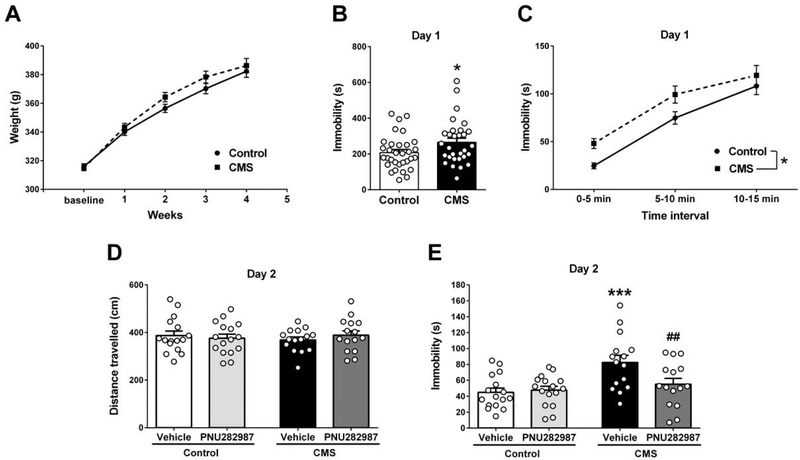Fig. 2. α7 nAChR full agonist PNU282987 (1 mg/kg i.p.) produced an anti-immobility effect in the FST only in those rats exposed to chronic mild stress.
(A) Body weight of CMS and control rats over the five weeks of experiment (n = 30–32 rats/group). (B) Total immobility time in the first session of forced swim (n = 30–32 rats/group). Students t test: *p=0.042. (C) Immobility development across time in the first session of forced swim (n = 30–32 rats/group). Bonferroni post-hoc test: *p=0.038. (D) Total distance travelled (cm) during a 5 min open field task (n=15–16 rats/group). (E) Immobility time in the second forced swim session (n=15–16 rats/group). Bonferroni post-hoc test: ***p<0.001 comparing with control+vehicle, ##p<0.01 comparing with CMS+vehicle. Data are expressed as mean ± S.E.M.

